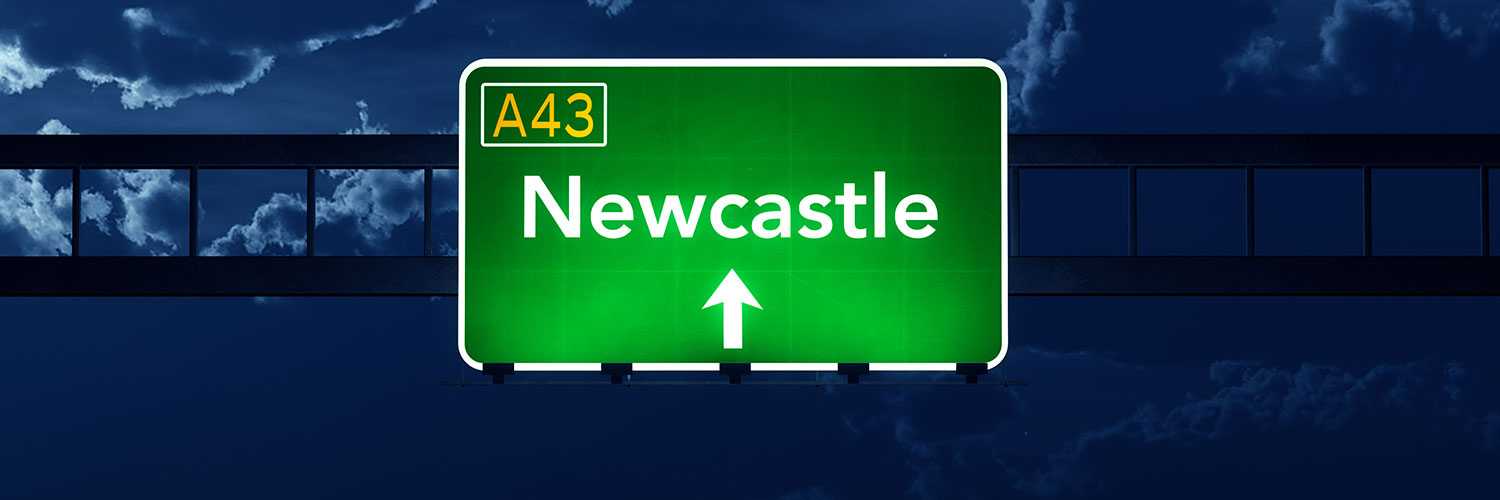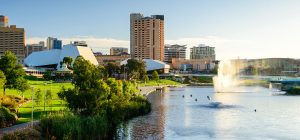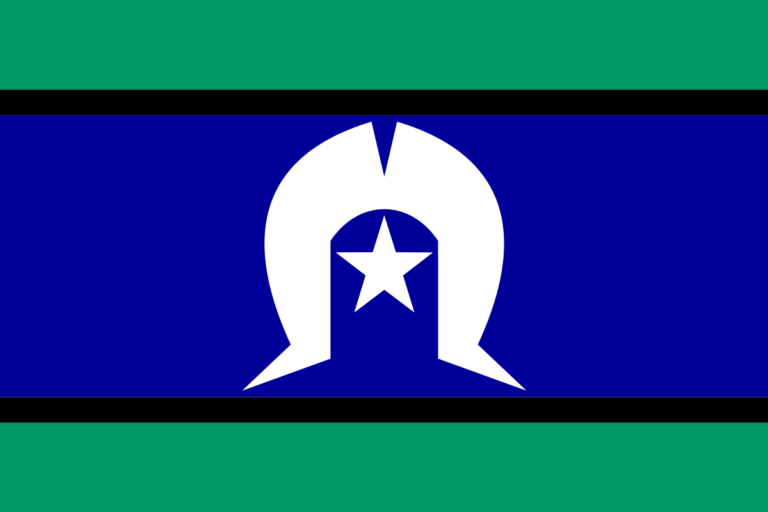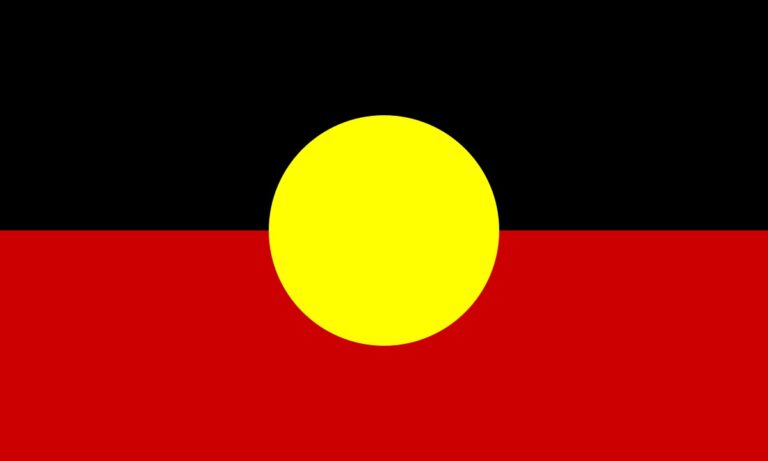The fight to prevent alcohol-related harm has turned an important international corner with two prestigious medical journals The Lancet and British Medical Journal (Australia’s own Prof. Kypri) acknowledging that there is now no recognised healthy level of the consumption of alcohol.
However, in NSW and its second city Newcastle, it appears full steam ahead for increasing the availability, promotion and supply of alcohol.
Even the alcohol industry may struggle to demean medical researchers as wowsers, fun police and nanny staters.
The evidence reveals that global alcohol use was the leading risk factor for premature death and disability among people aged 15–49 years. NSW Health has found similar results here. In the USA for the period 2009-16, there was a 10.5% average annual increase in cirrhosis-related mortality for people aged 25–34. This was reportedly driven entirely by alcohol-related liver disease.
While in NSW there have been modest uneven falls in the consumption of alcohol and declines in the rate of non-domestic violence, these small gains are offset by some worsening health statistics including the most serious alcohol-related Emergency Department and more general hospital admissions.
The key impediment to NSW and Newcastle making serious, sustained inroads into all forms of alcohol harms is not with a lack of patron education, responsibility and police resources. My early PhD research suggests that the answers may lie within the way we regulate the suppliers of alcohol and the power they continue to exert over the democratically elected lawmakers and the political process.
The OECD defines this possible undue influence as ‘policy (or regulatory) capture’ where the legislators and or the government agencies charged with protecting the public interest – e.g. in the banking/financial sector, energy, aged care, environmental protection – repeatedly ‘directs public policy decisions away from the public interests towards the interests of a specific (private) interest group or person’.
The World Health Organisation (WHO) recommends the “best buys” in reducing alcohol harms involves limiting its availability and supply through, for example, higher taxation – e.g. minimum unit pricing as in Scotland and Northern Territory – reduce physical availability via trading hours and numbers of outlets and, comprehensive restrictions on alcohol advertising.
In contrast, for the first six months of 2018, the NSW government boasts a near 100% approval rate for most forms of liquor licenses including small bars, on-line packaged liquor and pubs and clubs. The NSW Independent Liquor and Gaming Authority (ILGA) received several strong objections by North Sydney Population Health and Police against some proposed high-risk bottle shops. All were rejected.
However, to be fair, ILGA did support Newcastle’s local senior Health and Police officials’ submissions in rejecting (30 August 2018) the Australian Hotel Association’s (AHA) request to amend or abolish the package of life and cost-saving Newcastle licensing conditions.
The AHA’s case was effectively supported by Newcastle council who own two inner city hotels. Council’s new After Dark policy and related pronouncements encourage more licensed venues, increased trading hours and removing the capacity for inner-city residents regardless of the duration of living in the inner city, to make noise/disturbance complaints.
Notwithstanding the ink has hardly dried on ILGA’s rejection of the AHA’s request to weaken the Newcastle alcohol conditions, the Argyle house nightclub (previously Fanny’s) has applied to the council to increase closing times on Sunday from 10pm to 12am. Having been prosecuted for not complying with its license, 5 Sawyers restaurant recently lodged a DA to convert to a small bar (100% L&GNSW approval rate) and increase trading hours to an automatic 2am with no drink control restrictions.
So who is really calling the shots?
